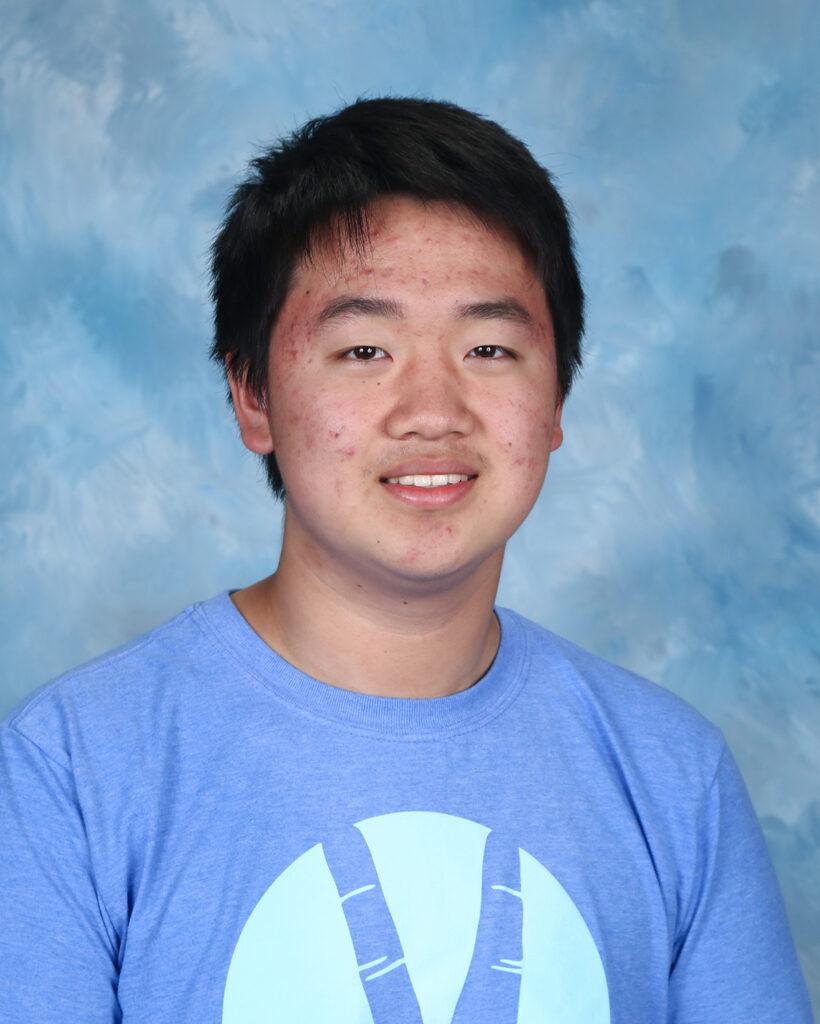Lined up on the median strip of Saratoga-Sunnyvale like sprinters weekday mornings, students wait impatiently for the traffic light to turn red. As soon as the flow of traffic stops, they rush through the road to their classes, with some muttering about how bad morning traffic has become..
Morning traffic became increasingly chaotic after construction of the new music building began last spring, but instead of seeing the new building as a blessing from the school’s public funding, many have viewed it as an annoyance.
This is just one example of the spoiled level of spoiled level of privilege that has come to define many of us who attend the school.
In effect, Saratoga students, while attending a public school, enjoy many of the same benefits as students who pay more than $15,000 per year to attend schools such as St. Francis, Bellarmine and Archbishop Mitty.
For starters, the new music building is a testament to the privilege that Saratoga students enjoy. Its $16 million price tag demonstrates the affluence of a community in which the county can spare money to help elevate students’ education without needing to worry about its residents finding their next meal or paying rent for the next month.
Quantitatively, it’s just as easy to prove Saratoga’s private school-like status. In 2013, Newsweek ranked it as the 81st best high school in the United States and the 17th best openly enrolled high school with a 99-percent graduation rate, a 97-percent college-bound rate, an average SAT score of 2090 and an ACT score of 32.
By contrast, Bellarmine College Preparatory High School, whose students pay an annual tuition upwards of $18,000, has a 95-percent graduation rate, an average SAT score of 1990 and an ACT score of 31.
While Saratoga boasts numbers that most private schools could only dream of, some argue that this kind of quality education can only come with a steep price. To them, even though Saratoga students don’t pay tuition to go to school, exorbitant local housing prices essentially amount to the same thing.
The real-estate site Trulia.com reports Saratoga’s median housing prices to be at a hefty $1.9 million, and median rental prices sit at a staggering $5,500 per month. To put those numbers into perspective, renting in Saratoga during the school year would cost $55,000, more than Harker’s $43,693 annual tuition.
In addition, many students move to private schools to gain access to a more personalized education. When counselor-to-student and teacher-to-student ratios are lower, the amount of individual attention that each student receives naturally increases.
However, with this year’s introduction of daily tutorials and the general availability of its four counselors, Saratoga doesn’t lag far behind private schools here either.
Each of these criticisms is flawed in its own way. First, these costs are not unique to students here and their families. Many students who live in Saratoga still attend private schools such as Harker or Saint Francis even though they must pay the same property taxes as every other Saratoga resident.
This certainly doesn’t mean Saratoga High is an “average public school,” or that the city is just another suburb. In terms of desirability, it ranks in the top 1 percent of all communities in the United States, complete with low crime rates and a high-level public education system.
The privilege of living in Saratoga with access to one of the country’s best public schools may seem like a natural right to many who have grown up here. But instead of complaining about the minor inconveniences that might make a minute late to class, students should appreciate and take full advantage of the unusually good opportunities Saratoga High provides them.



























